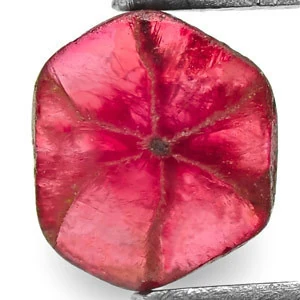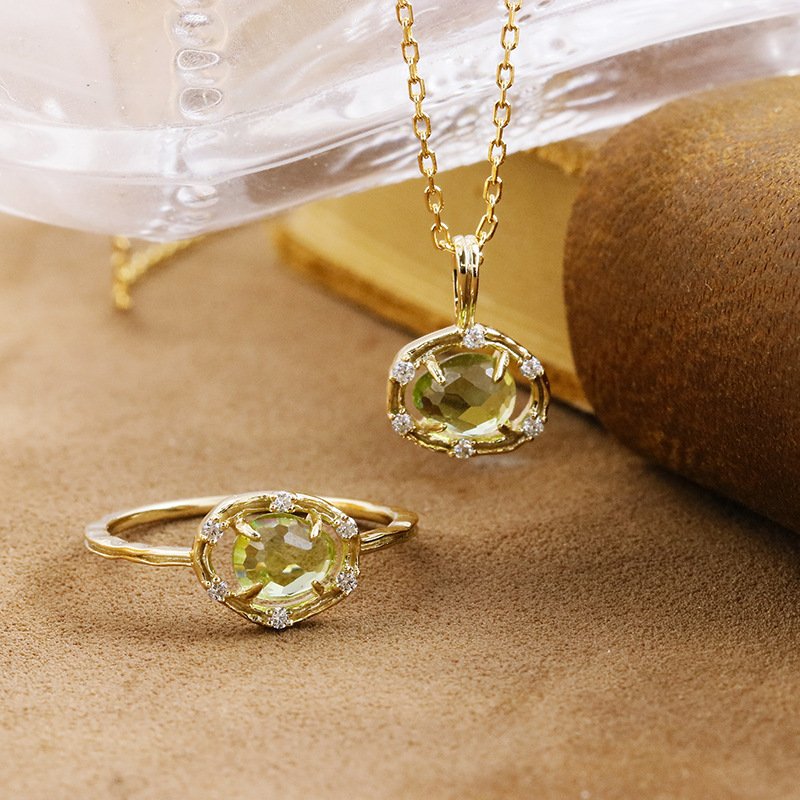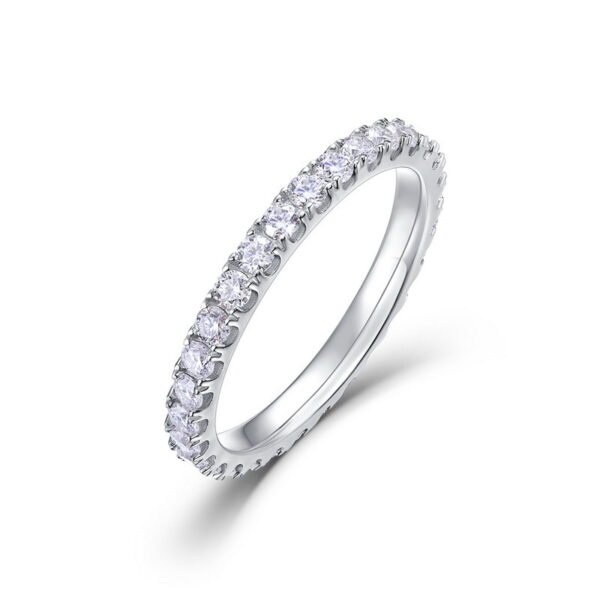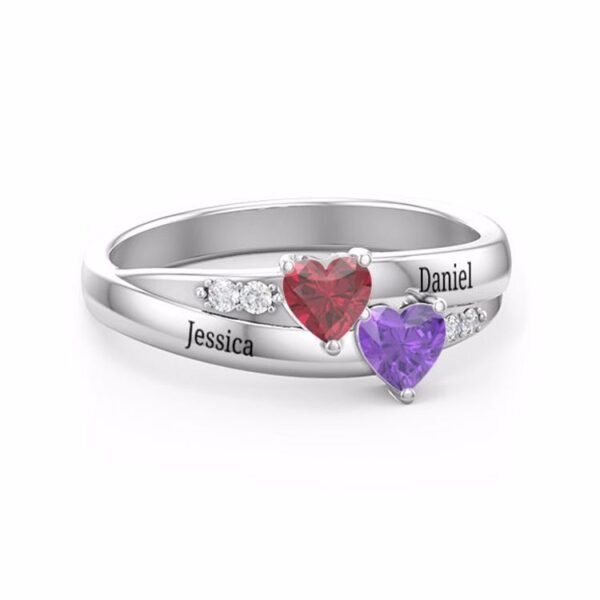The hot red color of ruby makes people always associate it with passion and love, and it is known as the “stone of love”, symbolizing the fire of passion and the beauty, eternity and steadfastness of love. Therefore, ruby is not only the July birthstone, but also the commemorative stone of the 40th wedding anniversary.
1. Ruby in Mythology and Ancient Cultures
In the Old Testament of the Bible, the Book of Exodus provides a detailed account of the sacred robe and breastplate made according to the Lord’s command. The breastplate, which was square in shape, was set with twelve stones in four rows, representing the twelve tribes of Israel. The first stone listed is the ruby, highlighting its significant status.
Because rubies exude vibrant energy and intense color, they were once believed to be the embodiment of the phoenix, sparking a sense of awe and wonder. According to legend, wearing a ruby ring on the left hand or a ruby brooch on the left chest was said to possess the magical power of turning enemies into friends.
2. The Properties of the Ruby
From a mineralogical perspective, rubies belong to the corundum family, the same group of minerals that sapphires come from. What sets rubies apart is their intense red color, caused by traces of chromium. The most prized rubies are known for their “pigeon blood” color, a deep red with a slight bluish tint.
Rubies are incredibly durable, ranking just below diamonds on the Mohs scale of hardness. This makes them an excellent choice for jewelry that can withstand everyday wear. Their durability, combined with their vivid color, ensures that rubies remain a sought-after gemstone in the modern jewelry market.
3. Famous Ruby
The most valuable of all rubies is the one with the most intense color known as “Pigeon Blood”. This vivid and intense color reveals the beauty of the ruby in all its glory. Unfortunately, most rubies are either light or rich in color, and tend to have shades of orange, purple, or pink, making rubies with pigeon blood hues even more valuable. In addition, there are some special varieties of rubies.
3.1. Star Ruby
When a ruby containing a dense parallel arrangement of three groups of needle-like inclusions (intersecting each other at an angle of 60°) is processed into a curved gemstone, under the irradiation of a concentrated light source, the curved surface can be seen as a six-shot starlight, which is known as the starlight ruby.
3.2. Trapiche Ruby
Transparent to opaque ruby divided into six petals by six opaque, non-moving yellow, white or black star lines, so named because of its shape, which resembles the grinding wheels used by the Spaniards to crush sugar cane in the old days.
The finest rubies are rarer than ordinary diamonds, with unrivaled charm and enduring qualities. It is because of its preciousness that rubies have long been used as a symbol of power and wealth, unfolding a story that has been entwined with celebrities and royalty for millennia.
3.3. Carmen Lucia Ruby
This is the world’s most poignant love story ruby. The 23.1-carat “Carmen Lucia”, one of the world’s largest rubies, is set in a white gold ring accented by crushed diamonds. Looking inside the deep red stone, the fireworks-like splendor of the ruby is refracted by the prongs and sparkles.
Carmen Lucia was a happy woman who loved rubies, and when she first heard about them in 2002, she was eager to meet them. But illness soon took her life – she died of cancer in 2003 at the age of 52. Although Carmen Lucia did not own the ruby, her beloved husband, Pete Barker, fulfilled her wishes by donating a large sum of money to the Smithsonian Museum to acquire and display the ruby and to name the stone after his wife as a lasting tribute.
3.4. Countess de Toby’s Ruby Half-Moon Crown
The Ermitazh Museum in St. Petersburg, Russia, once exhibited a precious crown of the Romanov dynasty – the ruby half-moon crown of Countess De Toby. The owner of the crown was none other than Sofia, the granddaughter of the famous Russian poet Pushkin, and in 1891 the long-awaited pure gold crown was finally unveiled in the form of a smooth half-moon set with 822 diamonds and 72 rubies, which sparkled in the light and was breathtaking to behold. Most uniquely, one part of the crown can also be skillfully removed and used as a brooch and headpin.
4. Conclusion
The story of the July birthstone is one of passion, power, and profound historical importance. From its ancient roots in India and Burma to its modern-day use in fine jewelry, the ruby has maintained its status as one of the world’s most cherished gemstones.
For those born in July, the ruby serves as more than just a birthstone. It’s a symbol of vitality, love, and inner strength, qualities that reflect the heart of summer when life is at its most vibrant. Whether worn for its beauty or its deep symbolic meaning, the ruby continues to captivate and inspire people across generations, ensuring its place as one of the most fascinating birthstones in history.
To explore more about birthstones, please refer to Uncover the Hidden Magic of Birthstone with Months: Ancient Wisdom.









